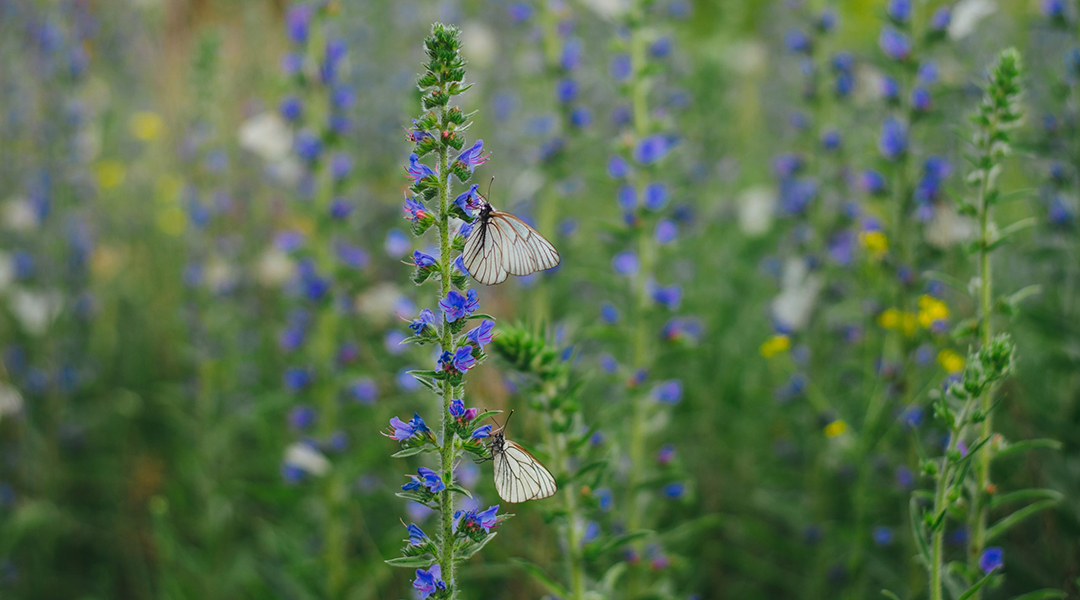This week, Advanced Science News are raising climate awareness by highlighting scientific studies and articles related to climate change, sustainability, and efforts to move toward a net-zero future.
The climate is changing. While much of the focus in the public debate is on measures to prevent further heating, there is also important work to be done managing the effects of the changes that have already occurred.
In 2016 the Bramble Cay melomys became the first mammal to become extinct as a direct consequence of anthropogenic global warming. The melomys was endemic to a low lying island off the coast of Queensland. As the sea level rose, the natural habitat of the melomys was destroyed, and the animal died out.
It has been estimated, that at present, the current extinction rate of species is three orders of magnitude higher than the background extinction rate. Most extinction events are attributable to a number of causes, but it has been established that warming climates make it more difficult for many species to continue living in their traditional habitats.
It is within our power as a community, to help preserve and protect the species that are put at risk as a result of global warming. To help animals manage the changing climate, a detailed understanding of their responses to heat is crucial.
In this context a large team of volunteers and professional scientists combined over the course of a decade to try to understand how butterflies in the UK manage temperature change.
“As we plan conservation measures to address the effects of climate change, it will be important to understand not only the habitat requirements of different butterfly species, but also their temperature requirements,” said Dr. Ed Turner—from the University Museum of Zoology, Cambridge, who led the work—in a press release.
Over the course of this research, more than 4000 butterflies were caught in handheld nets. The temperature of each was recorded using specialized equipment, and the ambient temperature was also noted. The butterfly catchers wrote down precise details about the appearance, behavior and location of each butterfly when it was caught.
All in all, 29 species of butterfly were examined. It was found that the lighter color butterflies were able to control their body temperature by adjusting the angle of their wings to control the intensity of light that hits their bodies.
Darker butterflies however, cannot use this technique. When the ambient temperature is too high they must find an appropriate place for shade in order to cool off. This suggests an obvious way in which anyone with a garden, or even a balcony, might be able to help protect these species.
Dr. Andrew Bladon, a Postdoctoral Research Associate in the University of Cambridge’s Department of Zoology, and first author of the report, put it this way: “We need to make landscapes more diverse to help conserve many of our butterfly species. Even within a garden lawn, patches of grass can be left to grow longer—these areas will provide cooler, shady places for many species of butterfly. In nature reserves, some areas could be grazed or cut and others left standing. We also need to protect features that break up the monotony of farm landscapes, like hedgerows, ditches, and patches of woodland.”
The authors argue that letting the grass grow long is likely to have an impact beyond the butterfly. There are many insect species at risk from the impacts of climate change, and providing shady spots for these creatures is likely to help them, just as much as it helps the butterfly.
Ref: Bladon et al, How butterflies keep their cool: Physical and ecological traits influence thermoregulatory ability and population trends, J Anim Ecol. 2020; 00: 1– 11
Quotes adapted from press release

















